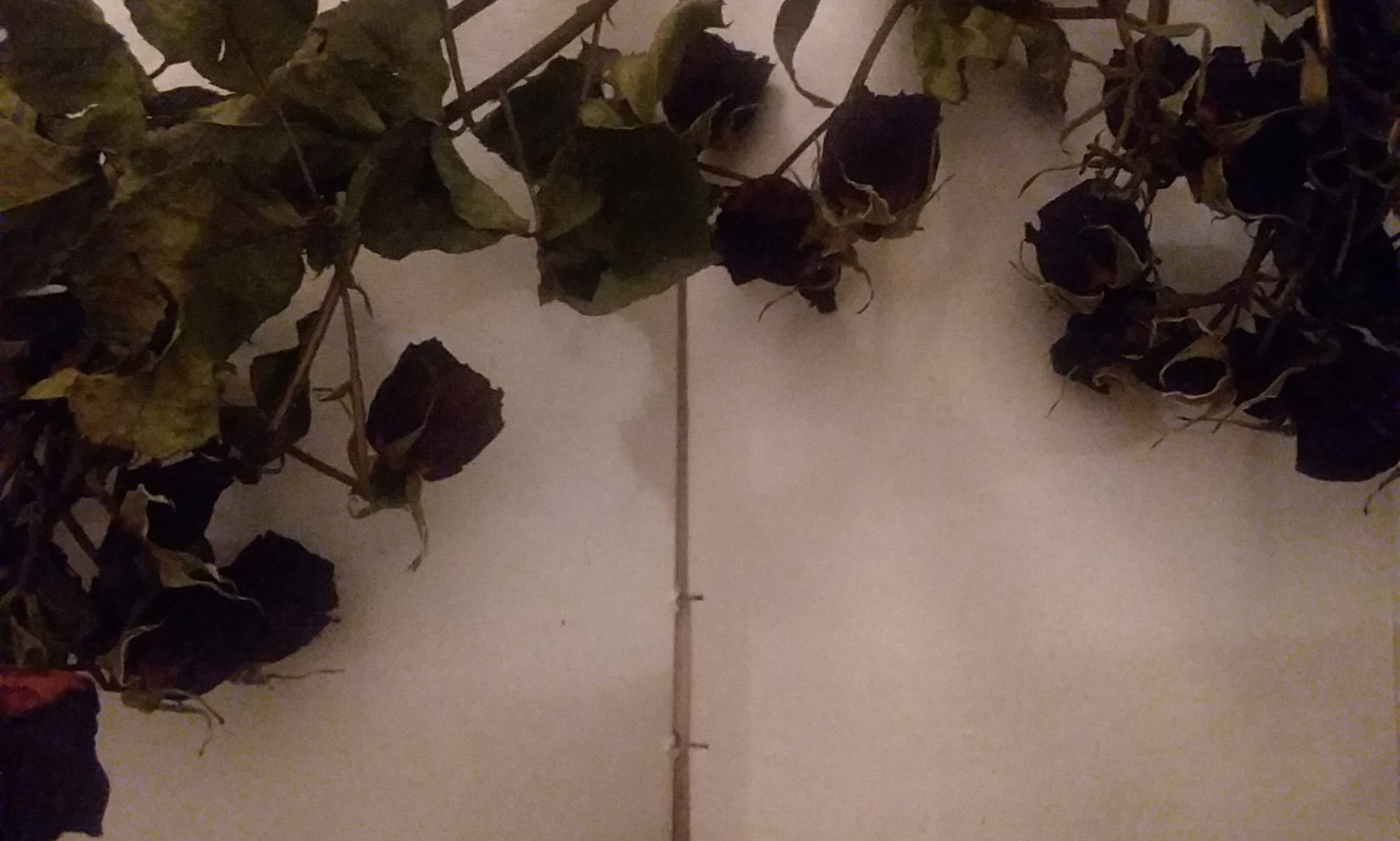I did not intend to write a sequel to Snow Roses. When I finished the book five years ago, I thought Snow and Rose’s story was finished. But stories have a mind of their own. I am only the oracle after all, not the decision maker. Snow and Rose had more to say about their lives, and it became my duty to record it.
I often talk about what I call the “story pull”. The gravity of a story that pulls me toward it, insisting that I discover it and write it. I don’t create, I just follow, allowing the story to speak through me. When Night Briars first started pulling at me to write it it was merely a concept of two lovers after they became lovers. Too often a story ends once a romance begins, but in reality, choosing to live a life together is the beginning of a story, not the end. I wanted to explore the challenges and joys of two people building a life together, and the more the idea pulled at me the more it felt like it belonged to Snow and Rose.
One of the reasons Snow Roses wanted so badly to be told was that it was high past time we had a fairy tale with lesbian princesses. Fairy tales are such an integral part of our culture. So much that we often say things like “It was like a fairy tale” or It was fairy tale perfect” or “This isn’t a fairy tale.” It’s almost as if “fairy tale” meant “perfect”. So why shouldn’t “perfect” include a lesbian love story? Why didn’t we have a lesbian fairy tale?
Still, I sometimes wonder if people who talk like that have ever read a fairy tale. Even our most cleaned up, kid friendly versions of the old stories include multiple counts of child abuse, food poisoning, kidnapping, theft, working without wages, hunger, and numerous other misfortunes. The older darker versions of these tales are worse, containing body mutilation, starvation, beatings, cannibalism, and even rape. So why would we say “It feels like a fairy tale” when we mean “it feels idyllic”?
Phycologist Carl Jung explored the concept of the “collective consciousness”. Universal dreams, so to speak. The same fears and desires that are in all of us manifest in stories and dreams that span across time and across cultures. These are ideologies and symbols that are innate to us as humans. It is no coincidence that there are so many different versions of the same fairy tales and folklore. The youngest son who beats the odds and earns his place as a king. The old woman at the well who gives strange but wise advice. These are stories that manifest ideas and concepts that are universal to us as humans. They resonate so strongly to us that we cannot help but tell them over and over in as many versions as we can imagine.
So when we say “like a fairy tale” we are not saying “perfect” or even “idyllic” so much as “innate to us as humans”. All the more reason to continuously examine the stories we are telling each other and ourselves. What are we, as a society, dreaming of? What do we fear? It is important to be aware of these things and continuously explore ourselves and each other through telling and retelling these stories.
In one of the oldest versions of Sleeping Beauty, The Sun, the Moon, and Talia by Italian writer Giambattista, Talia is raped by a wandering king while she is in a magical sleep. She wakes when giving birth to his son. The king’s wife then tries to kill Talia and her child but they are “rescued” at the last minute by the king who then has his wife executed. There is a reason this is not the version we tell our daughters today. As a society we now recognize that the deeds of the story’s “hero” are wrong. Our values have matured over the centuries and the stories we continue to tell reflect that.
It’s important to acknowledge where the sometimes dark places the stories we tell come from, in addition to constantly asking ourselves where we want them to go next. The dark side of fairy tales is every bit as important as the “happily ever after” because we all have dark spaces inside us. That is a fundamental part of being human. The need to confront and come to terms with that darkness is part of why we are so drawn to fairy tales. We have to sludge through the starvation and kidnapping and getting lost in the woods before we can reach our true potential. Our happily ever after. The darkness is part of the magic. That’s why Snow Roses in not only a lesbian fairy tale retelling, it is also a dark fairy tale retelling, containing many of the darker elements from the older versions.
It seemed very fitting that a story exploring the darker side of a relationship like Night Briars would wind up being a fairy tale. I was so glad that that meant I got to revisit Snow and Rose because I missed Rose’s temper, Snow’s bad cooking, and their mutual commitment to being themselves. Writing this book has been a major journey for me and I am so thrilled that I can finally share it with you. May it join the dreams of our collective consciousness and inspire you to reach your highest potential. Your very own, unique, happily ever after.

Learn more about NIGHT BRIARS or sign up for my newsletter HERE.
